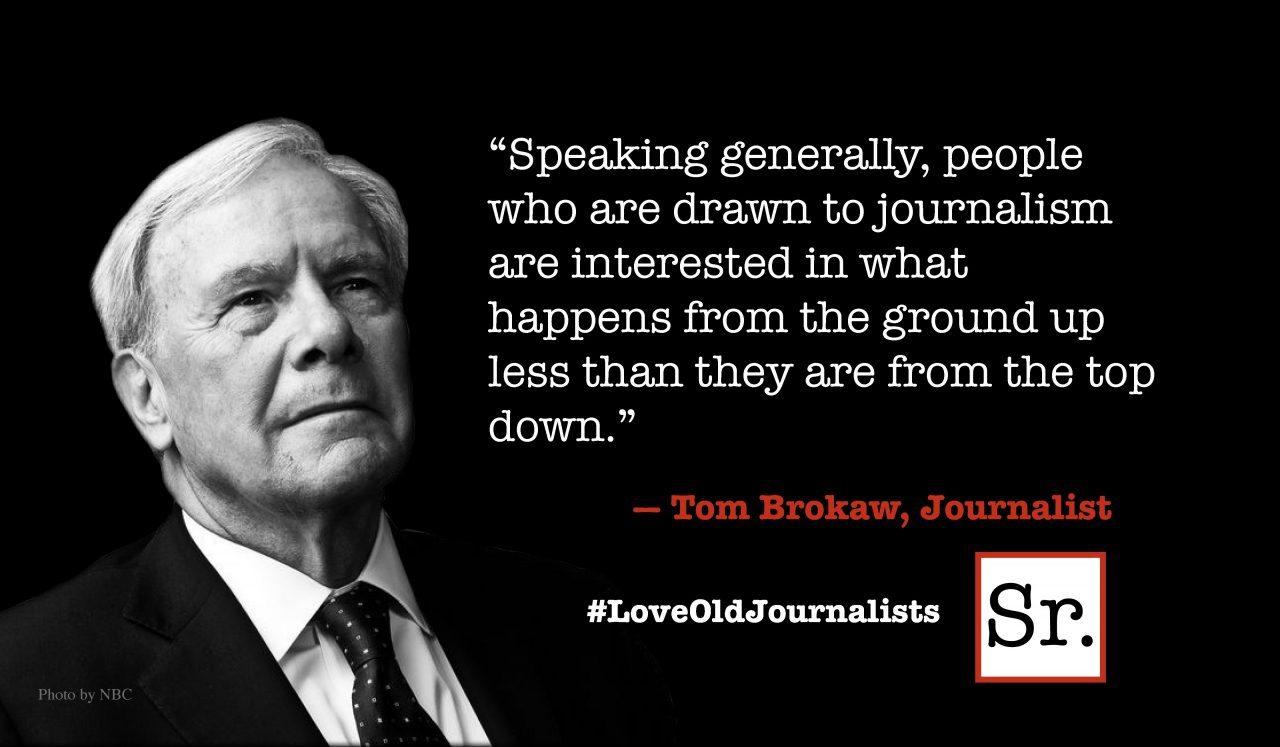The difference between great and average, when it comes to organizations, isn’t simply efficiency or effectiveness; it’s culture.
Great organizations have great cultures. “The context in which people work shapes them.” —Brook Manville.
But what is culture?
Culture goes beyond what you do to how you do it. It’s the way you:
1. Think.
2. Act.
3. Interact, most importantly.
Brook Manville, former Director of Knowledge Management at McKinsey and Company, and co-author of “Judgment Calls,” said:
“At McKinsey we were fond of saying, ‘It’s the way we do business around here.’” Manville added, “One way to look at culture is to consider mindsets, behaviors, and attitudes.”
Culture, but how?
If you want to change an organization – grow new leaders.
Manville said, “The most successful organizational culture changes I’ve seen were framed as leadership development programs.
Cultures change when:
1. You catalyze new kinds of leadership.
2. More and more people take leadership.
Brook said, “The king and subject model doesn’t change cultures.” Great leaders don’t change people; they create environments in which people change themselves.
“New”
Growing new leaders doesn’t necessarily mean replacing old ones. It means changing the way people think about:
1. Themselves and their roles within the organization.
2. Others.
3. Interactions.
What is organizational culture?
What can leaders do to create great cultures?









